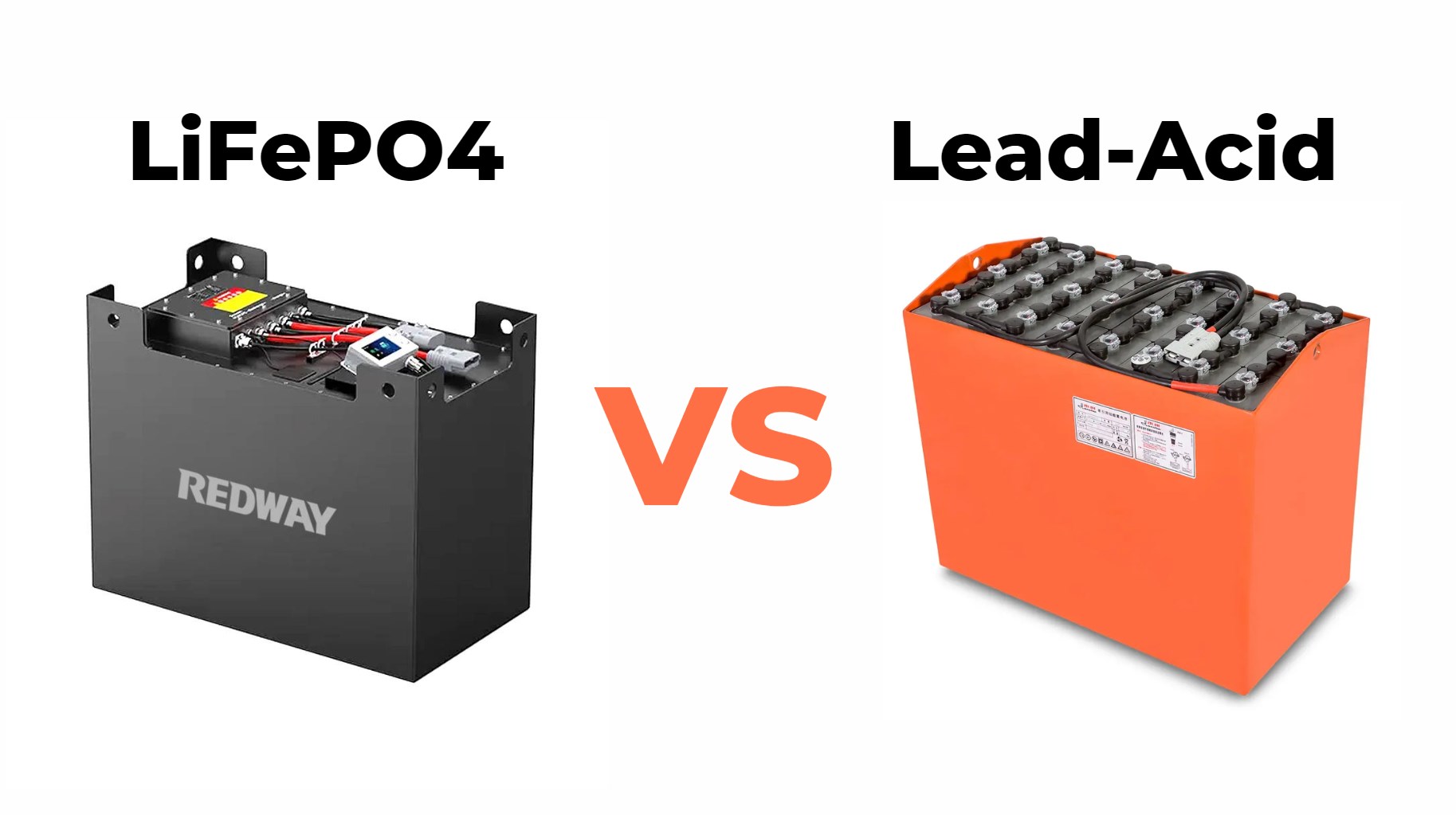In the world of industrial operations, selecting the right forklift battery is pivotal for ensuring efficient and cost-effective performance. Forklift batteries come in various types, each with unique characteristics, benefits, and maintenance needs. This detailed guide provides an in-depth look at the primary types of forklift batteries to help you make the best choice for your operational needs.
Forklift batteries come in various types including lead-acid and lithium-ion. Each type has its advantages; lithium offers longer life spans and faster charging while lead-acid is more established with lower initial costs. Consider your operational needs when choosing the right type.
1. Lead Acid Batteries
Description: Lead acid batteries are the most traditional and widely used type in forklifts. These batteries, also known as wet cell batteries, consist of lead plates submerged in a sulfuric acid and water solution.
Wholesale lithium golf cart batteries with 10-year life? Check here.
Lifespan: Typically, lead acid batteries last between 1,000 to 1,500 cycles, which translates to approximately 3 to 5 years with proper care.
Maintenance: Regular maintenance is required for lead acid batteries, including frequent watering to maintain electrolyte levels and ensure optimal performance.
Want OEM lithium forklift batteries at wholesale prices? Check here.
Advantages:
- Widely Available: Lead acid batteries are readily available and widely used across various industrial applications.
- Lower Initial Cost: These batteries generally come with a lower initial cost compared to newer technologies.
2. Lithium-Ion Batteries
Description: Lithium-ion batteries represent a more modern technology that is becoming increasingly popular in the forklift industry. They are compact, sealed, and require no water maintenance.
Lifespan: Lithium-ion batteries have a longer lifespan, lasting between 4,000 to 6,000 cycles, or roughly 7 to 10 years.
Advantages:
- Maintenance-Free: Unlike lead acid batteries, lithium-ion batteries do not require regular watering or maintenance.
- Quick Charging: These batteries offer fast charging capabilities, which minimizes downtime.
- Reduced Risk of Spills: Their sealed design eliminates the risk of acid spills or leaks. The most common chemistry used for forklifts is lithium iron phosphate (LFP), which enhances safety and longevity.
3. Absorbed Glass Mat (AGM) Batteries
Description: AGM batteries use a specialized glass mat to hold electrolytes, making them maintenance-free and less prone to spills.
Lifespan: AGM batteries typically have a lifespan similar to lead-acid batteries but can vary depending on usage patterns and discharge cycles.
Advantages:
- Lower Maintenance: AGM batteries require less maintenance compared to traditional lead-acid batteries.
- No Spill Risk: The glass mat design prevents leaks and spills, making them suitable for operations with maintenance challenges.
4. Tubular Plate Batteries
Description: Tubular plate batteries are designed for extended run times and higher voltages under load compared to flat plate batteries.
Lifespan: These batteries generally have a shorter service life compared to standard flat plate batteries but are designed for high-demand applications.
Advantages:
- Extended Run Times: Ideal for operations that require prolonged battery life.
- High Voltage Capability: Suitable for high-demand applications where consistent power output is necessary.
5. Waterless Batteries
Description: Waterless batteries are designed to require less frequent watering, which simplifies maintenance.
Advantages:
- Reduced Maintenance: Less frequent watering reduces the amount of maintenance required.
- Labor Cost Savings: These batteries are ideal for businesses aiming to lower labor costs associated with battery upkeep.
6. Thin Plate Pure Lead Batteries
Description: Thin plate pure lead batteries are a cost-effective alternative to lithium-ion batteries, offering some benefits of maintenance-free operation.
Advantages:
- Cost-Effective: They provide a more affordable option compared to lithium-ion batteries while offering some maintenance-free benefits.
- Maintenance-Free: Provides a level of convenience with reduced maintenance requirements.
Summary of Battery Types
| Battery Type | Lifespan (Cycles) | Maintenance Requirements | Key Advantages |
|---|---|---|---|
| Lead Acid | 1,000 – 1,500 | Regular watering | Widely available, lower cost |
| Lithium-Ion | 2,000 – 3,000 | Maintenance-free | Quick charging, longer lifespan |
| AGM | Similar to Lead | Maintenance-free | No risk of spills |
| Tubular Plate | Shorter than Flat | Varies | Longer run times |
| Waterless | Varies | Less frequent watering | Reduced labor costs |
| Thin Plate Pure Lead | Varies | Maintenance-free | Cost-effective alternative |
Conclusion
Choosing the right forklift battery is essential for optimizing operational efficiency and minimizing costs. Lithium-ion batteries are increasingly favored for their efficiency, longer lifespan, and lower maintenance requirements. Meanwhile, lead-acid batteries continue to be a reliable choice due to their affordability and widespread availability.
Understanding the various battery types and their specific benefits can greatly enhance decision-making for your forklift operations. Whether you are looking for high performance, lower maintenance, or cost-effectiveness, selecting the appropriate battery type will ensure better performance, reduced downtime, and overall cost savings.
FAQs
Forklift Battery Pack: A Comprehensive Guide
Recondition Forklift Battery: A Comprehensive Guide
Reconditioned Forklift Battery: An Economical and Eco-Friendly Solution
Used Forklift Battery: A Comprehensive Guide
Lithium Forklift Batteries: The Future of Material Handling
The Future of Electric Forklift Batteries: Innovations and Trends
Understanding 24V Forklift Batteries: A Comprehensive Guide
36 Volt Forklift Battery: A Comprehensive Overview
Understanding 12V Forklift Batteries: A Comprehensive Guide
A Comprehensive Guide to Forklift Batteries: Types, Advantages, and Considerations
Understanding the Types of Forklift Batteries: A Comprehensive Guide






